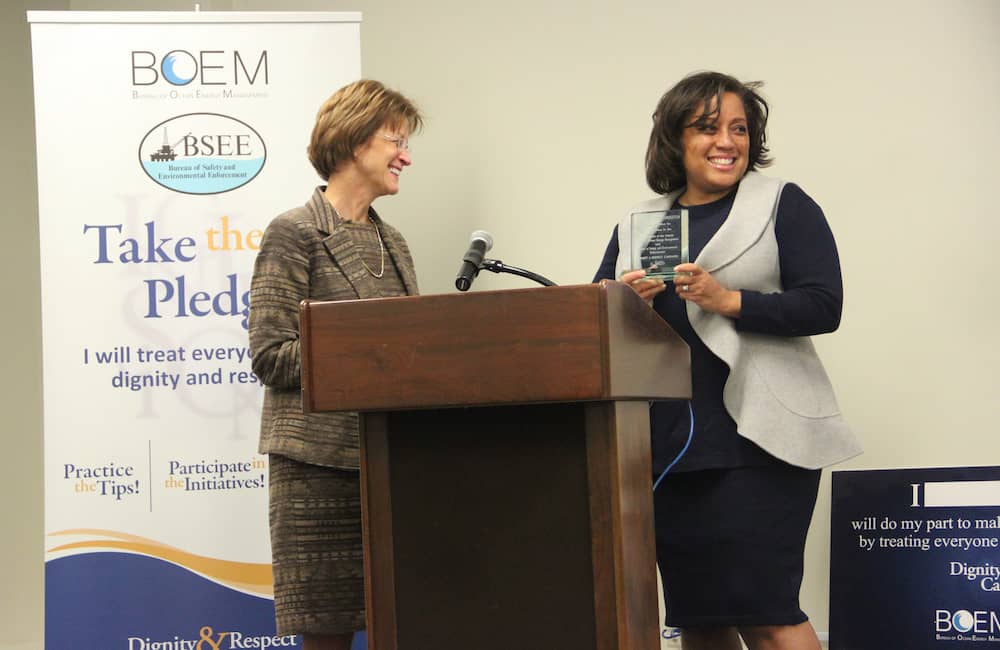
Major corporations continue to make an effort to create a diverse workforce that serves a wide range of global customers.
While business leaders see that having a globally diverse staff helps them compete, there continues to be a stagnation of diversity within U.S. companies, especially in the tech world. Twitter, however, is trying to change that with the recent hire of Candi Castleberry Singleton as the company’s new vice president of inclusion and diversity.
Singleton has held similar roles at University of Pittsburgh Medical Center, Motorola and Sun Microsystems where she implemented diversity strategies based on her “From Bolted-On to Built-In” model, which helps companies encourage an inclusive culture by shifting the responsibility to each employee.
Meeting planners can take note from Singleton’s model to not only build a more inclusive events staff, but to also build a more inclusive event with programming and attendees that take on more inclusive roles. Here are three diversity strategies that Singleton came up with to help integrate diversity efforts into core business practices through a practice she calls “integrated inclusion.”
Integrate
By making diversity a core business goal, people will respond to creating a more inclusive core workforce. That message, however, must come from the company’s leaders and be backed by company mission statements in order for it to become important to employees, customers and attendees.
Relate
Building companies or events from a network is common practice, but when people’s networks are not diverse, it’s difficult to create a multicultural workforce. Singleton suggests using talent scout programs at conferences to help build relationships among more diverse populations.
Communicate
Businesses that value honesty and communication will be the first to create a workforce that can truly adopt diversity. If employees feel they can speak freely about injustices in the workplace, the quicker a company will be at identifying and resolving any diversity issues it may have.
For more on Singleton’s integrated inclusion model, read her paper, “From Bolted-on to Built-in” from the Harvard Business Press.










